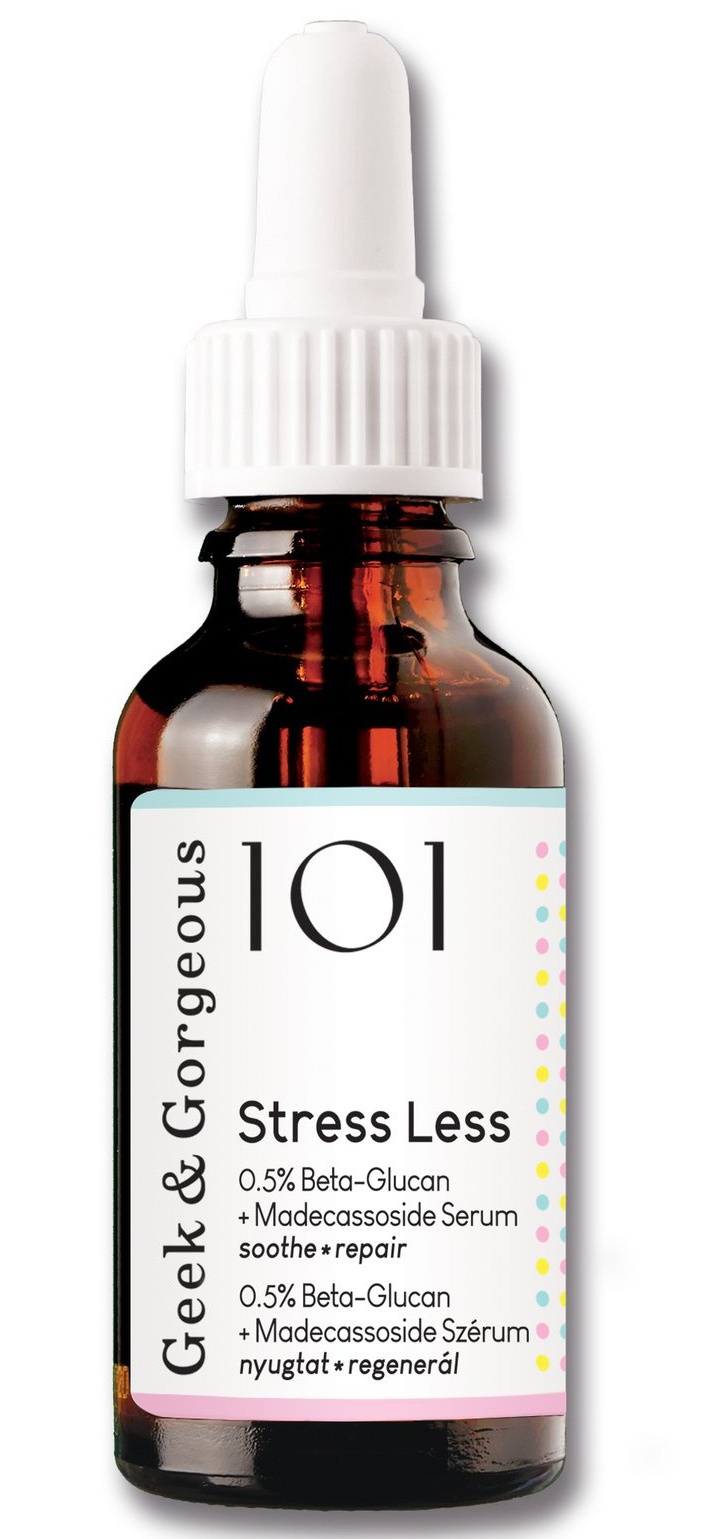Madecassoside
Details
One of the main biologically active components of the famous medicinal plant, Centella Asiatica, aka Gotu Kola. It has well established wound healing, skin-soothing and antioxidant activities.
There is also a study by La Roche Posay (belongs to L'Oreal) that examined the anti-aging effects of 5% Vitamin C combined with 0.1% Madecassoside. They mention that " Madecassoside is known to induce collagen expression and ⁄ or to modulate inflammatory mediators thus might prevent and correct some signs of aging." The surprisingly long, 6-month study observed "significant improvement of the clinical score for deep and superficial wrinkles, suppleness, firmness, roughness, and skin hydration", but Vitamin C in itself is already an anti-aging superstar, so it is hard to know how much Madecassoside did.
Another promising property of Madecassoside is that it seems to inhibit UV-induced melanin synthesis (test formula with 0.05% MA, used twice a day on 23 volunteers for 8 weeks), making it a great active for hyperpigmentation-prone skin.
If that would not be enough, the French manufacturer (Seppic) also has encouraging in-vivo studies on the molecule. Used at 0.2%, Madecassoside reduces redness and peeling in skin with light atopic dermatitis as well as itching in psoriasis-prone skin.
Show me some proof
- Shen, Xueqing, et al. "Propionibacterium acnes related anti-inflammation and skin hydration activities of madecassoside, a pentacyclic triterpene saponin from Centella asiatica." Bioscience, biotechnology, and biochemistry 83.3 (2019): 561-568.
- Jung, Eunsun, et al. "Madecassoside inhibits melanin synthesis by blocking ultraviolet-induced inflammation." Molecules 18.12 (2013): 15724-15736.
- Liu, Mei, et al. "Madecassoside isolated from Centella asiatica herbs facilitates burn wound healing in mice." Planta medica 74.08 (2008): 809-815.
- Haftek, Marek, et al. "Clinical, biometric and structural evaluation of the long‐term effects of a topical treatment with ascorbic acid and madecassoside in photoaged human skin." Experimental dermatology 17.11 (2008): 946-952.
- Sasmita, Andrew Octavian, et al. "Madecassoside activates anti‑neuroinflammatory mechanisms by inhibiting lipopolysaccharide‑induced microglial inflammation." International journal of molecular medicine 41.5 (2018): 3033-3040.






